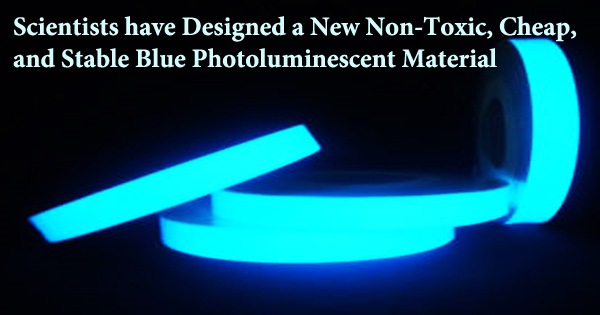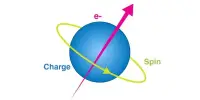Scientists at the Tokyo Institute of Technology have developed a new photoluminescent material that is inexpensive to make, does not need hazardous starting ingredients, and is extremely stable, furthering our knowledge of photoluminescence’s quantum nature. The material called Cs3Cu2I5 has a crystalline structure. A thorough understanding of light might aid in the development of a variety of optical and electrical devices for a variety of purposes. One of the main topics in nanotechnology is quantum dots (QDs), which are highly customized nanoparticles that emit light at specified frequencies when activated.
However, their uses are restricted due to the difficulty of fabricating QD thin films, the usage of hazardous starting elements such as cadmium and lead, and the high cost of synthesizing them. Although certain photoluminescent zero-dimensional (0D) materials have been tried (i.e., materials in which electrons are limited to a few nanometers and may be stimulated to generate light), they still rely significantly on lead. As a result, scientists at the Tokyo Institute of Technology, directed by Prof. Hideo Hosono, created a new photoluminescent lead-free 0D material and studied it to learn more about photoluminescent materials.
Cs3Cu2I5, the manufactured material, has a crystalline structure. The (Cu2I5)3- units are contained within the cesium atoms, and when stimulated at particular frequencies, they generate blue light, similar to QDs. The researchers were able to make a thin film out of this material that was highly stable and had outstanding photoluminescent properties.
Prof Hosono said, “The thin film exhibited good stability under ambient conditions, that is, no noticeable degradation in photoluminescent quantum yield (PLQY) over two months.”
The team went above and above by demonstrating two applications that used this material. The first was a white luminescent film, which was made by combining a blue-radiating substance with a yellow phosphor in a certain ratio to produce white light. By changing the ratios of the materials used, films emitting light of various hues may be created. The second application was a blue LED, which, regrettably, performed poorly in terms of electroluminescence (EL). The team was able to gain a better understanding of the underlying EL processes as a result of this, which will be valuable in future studies.
Hosono said, “The exploration of low-dimensional compounds based on a Cu(I) halide proved to be a novel route obtain a Pb-free high-PLQY luminescent material. Such materials will hopefully see the light of day in future optical and nanotechnological applications.” Such materials will, ideally, be used in optical and nanotechnological applications in the future.
















